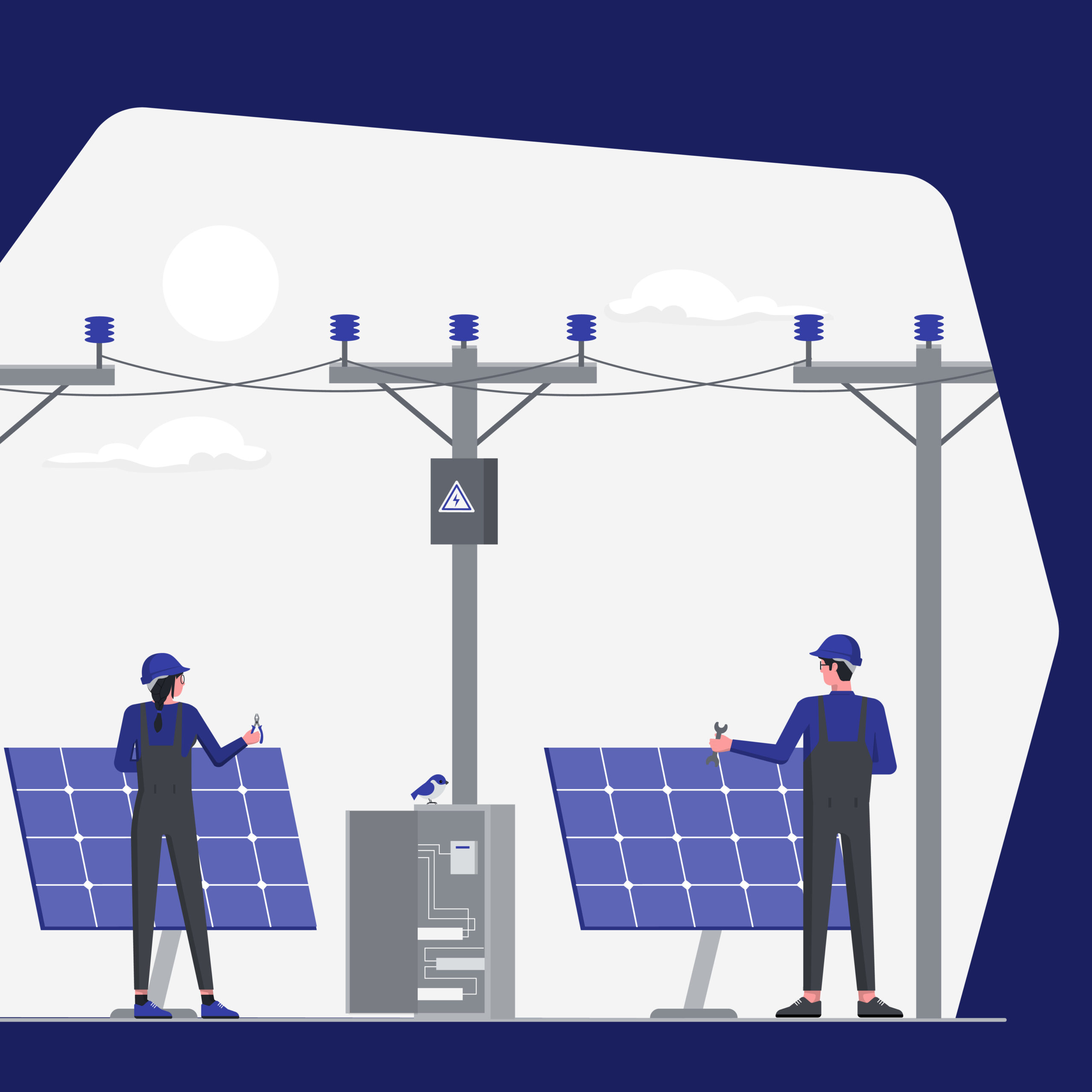

The Solar Energy Revolution: How a New Breakthrough Could Transform the Future
In an era marked by climate change concerns and the global push for sustainable energy, solar power has long been heralded as one of the most promising solutions. Yet, despite its potential, the efficiency and cost-effectiveness of solar energy have always been significant hurdles. However, a recent breakthrough by scientists at the University of Oxford could reshape the landscape of renewable energy, making solar power more accessible and efficient than ever before.
The Breakthrough: Tapping into the Full Spectrum of Sunlight
The core of this groundbreaking advancement lies in the ability of newly developed solar cells to harness a broader spectrum of sunlight. Traditional solar panels typically convert only a specific range of the sunlight they receive into electricity, with much of the potential energy going untapped. This limitation has been one of the primary challenges in improving the efficiency of solar energy.
However, the new technology involves the creation of a “tandem” solar cell that can capture and convert more of the sun’s energy. These tandem cells combine multiple layers, each designed to absorb different wavelengths of sunlight. By stacking these layers, the cells can utilise a larger portion of the solar spectrum, leading to a significant boost of energy efficiency from 6% to over 27%!
What Does This Mean for Solar Power?
The implications of this development are profound. Here’s why this breakthrough matters:
- Increased Efficiency: By capturing more of the sun’s light, these advanced solar cells can produce more electricity from the same amount of sunlight compared to conventional panels. This means that solar power systems will become more efficient, generating more energy without requiring additional space.
- Lower Costs: With increased efficiency, the cost per watt of solar energy decreases. This could make solar power more price competitive with traditional energy sources like coal and natural gas.
- Greater Accessibility: As costs come down, solar power becomes more accessible to both individuals and communities, particularly in developing regions where energy infrastructure is limited. This could accelerate the adoption of solar power globally, contributing to a more sustainable and equitable energy future.
- Environmental Impact: More efficient solar cells mean a greater reduction in carbon emissions for every kilowatt-hour of energy produced. This advancement is a crucial step towards meeting global climate goals and reducing the reliance on fossil fuels.
The Road Ahead
While the promise of this breakthrough is exciting, there are still challenges to overcome before it can be widely implemented. The production of tandem solar cells at scale, ensuring durability and reliability, and integrating this technology into existing solar systems are all hurdles that researchers and industry professionals will need to address.
However, the momentum is clearly in favour of continued innovation in solar energy. With each technological leap, we move closer to a world where renewable energy isn’t just a part of the mix but the dominant source of power.
Read more about the breakthrough here.









